How to Draw a Dog: Drawing a dog can be a delightful and rewarding experience, whether you’re an aspiring artist or just looking for a fun activity. In this comprehensive guide, we’ll break down the process of drawing a dog into simple steps. By the end, you’ll have a charming canine creation that you can proudly display or share with friends and family.
Materials Needed
Before you begin, gather your supplies:
- Pencil: Start with a light pencil sketch.
- Paper: Choose a smooth surface for easy erasing.
- Eraser: For corrections.
- Reference Image: Find a photo of a dog for inspiration.
Basic Shapes | How to Draw a Dog
Before getting into the details of How to Draw a Dog, it’s essential to grasp the basic shapes that form the foundation of a dog’s body. Circles, ovals, and lines are commonly used to outline the head, body, legs, and tail of a dog.
Circles, Ovals, and Lines
Begin by sketching a large circle for the head and smaller circles for the body and joints. Connect these circles with ovals to create the basic framework of the dog’s body. Use straight lines to indicate the direction of the legs and tail.
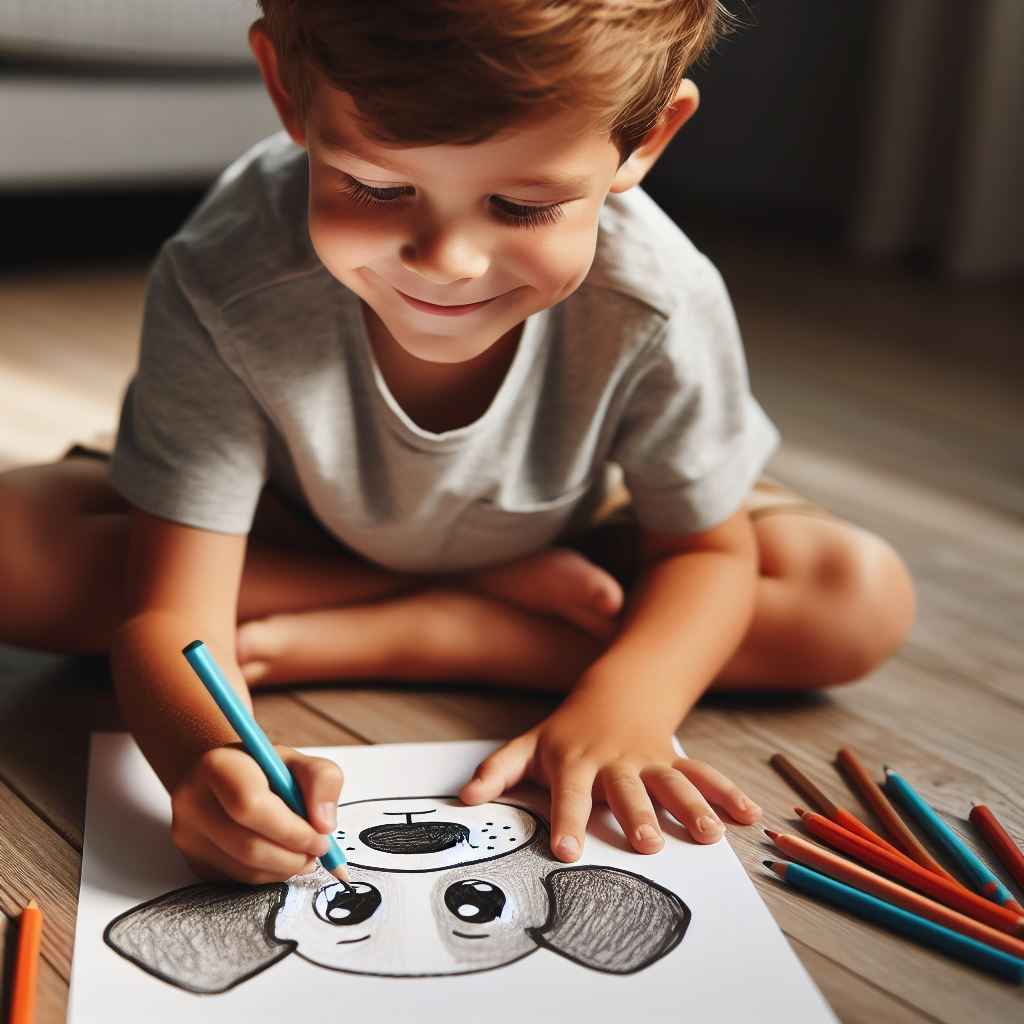
Sketching the Head
The head is the focal point of your dog drawing and requires careful attention to detail. Start by mapping out the proportions of the head using simple shapes.
Mapping Out Proportions
Divide the large circle representing the head into quarters to establish the placement of the eyes, nose, and mouth. Use smaller circles to mark the position of the ears. This step will help ensure that your dog’s features are evenly spaced and proportionate.
Adding Facial Features
Once you have the basic proportions in place, begin adding the dog’s facial features. Sketch the eyes, nose, and mouth using reference points established earlier. Pay close attention to the shape and size of each feature to capture the dog’s unique expression.
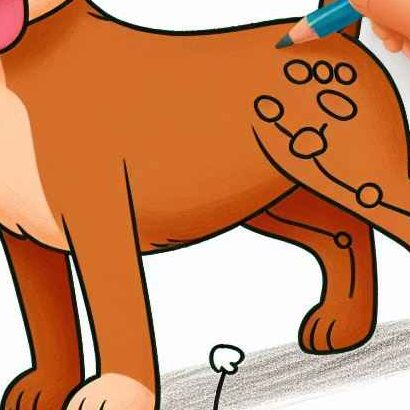
Drawing the Body
With the head sketched out, it’s time to tackle the body of the dog. Focus on depicting the overall proportions and stance of the dog.
Depicting Body Proportions
Use the smaller circles and ovals as guides to outline the shape of the body. Pay attention to the size of the chest, the curvature of the spine, and the position of the legs. Adjust the shape and size of the body as needed to achieve the desired look.
Also Read: Alien Romulus – The Teaser Trailer Breakdown (Updated)
Adding Legs and Tail
Once the body is outlined, add the legs and tail using straight lines. Pay attention to the angle and positioning of each leg to create a sense of balance and movement. Add a curved line for the tail, making sure it flows naturally from the body.
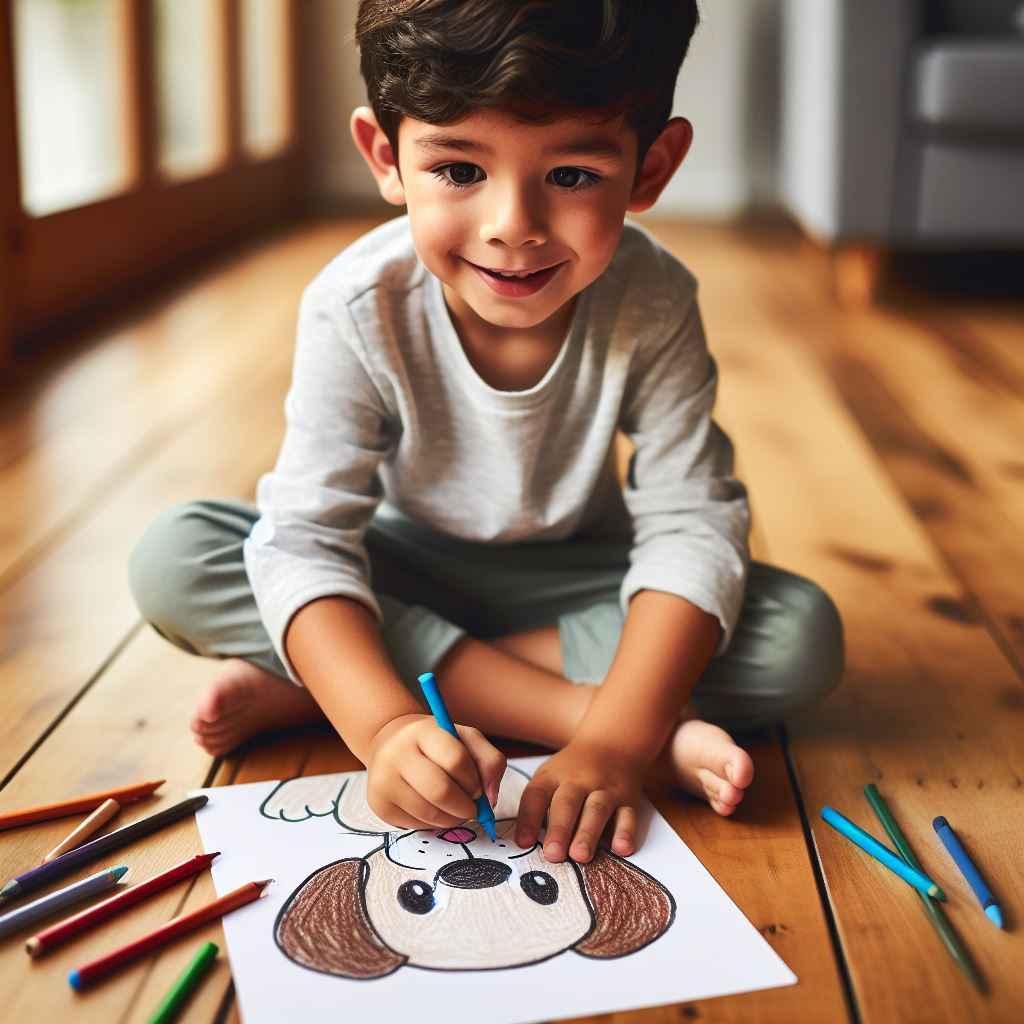
Adding Details
With the basic structure in place, it’s time to add details that will bring your dog drawing to life.
Fur Texture and Patterns
Use short, overlapping lines to create the texture of fur. Pay attention to the direction of the fur growth, especially around the dog’s neck, chest, and tail. Experiment with different line lengths and densities to achieve a realistic effect.
Eyes, Nose, and Ears
Add depth and expression to your dog’s face by carefully shading the eyes, nose, and ears. Use darker tones for areas of shadow and lighter tones for highlights. Pay attention to the shape and placement of each feature to convey emotion and personality. (How to Draw a Dog)
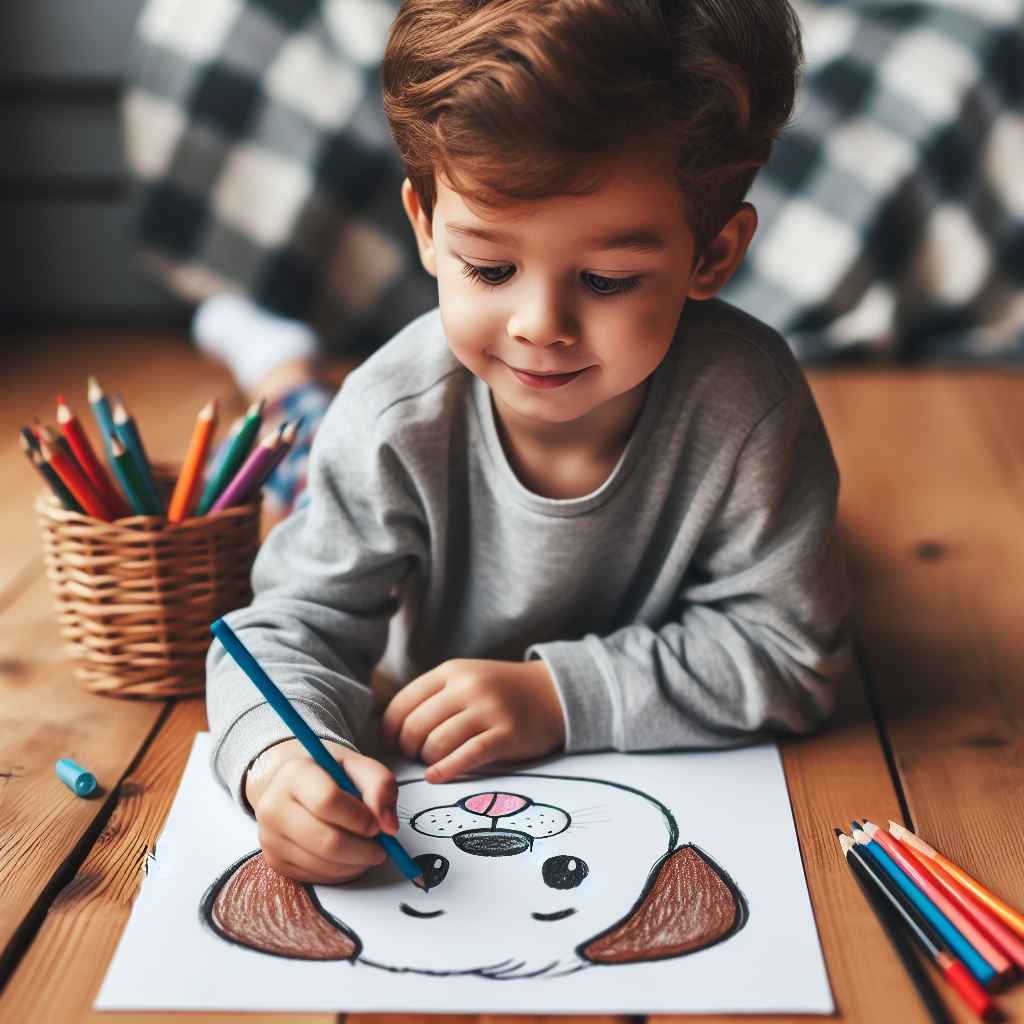
Shading and Highlights
Shading plays a crucial role in adding depth and dimension to your dog drawing. Experiment with different shading techniques to create a sense of volume and realism.
Creating Depth and Realism
Use a combination of hatching, cross-hatching, and blending to shade the different parts of the dog’s body. Pay attention to the direction of light and shadow to create a sense of three-dimensionality.
Using Light Sources
Consider the position of the light source when shading your dog drawing. Use lighter tones to indicate areas of direct light and darker tones for areas in shadow. This will help create a sense of depth and realism in your artwork.
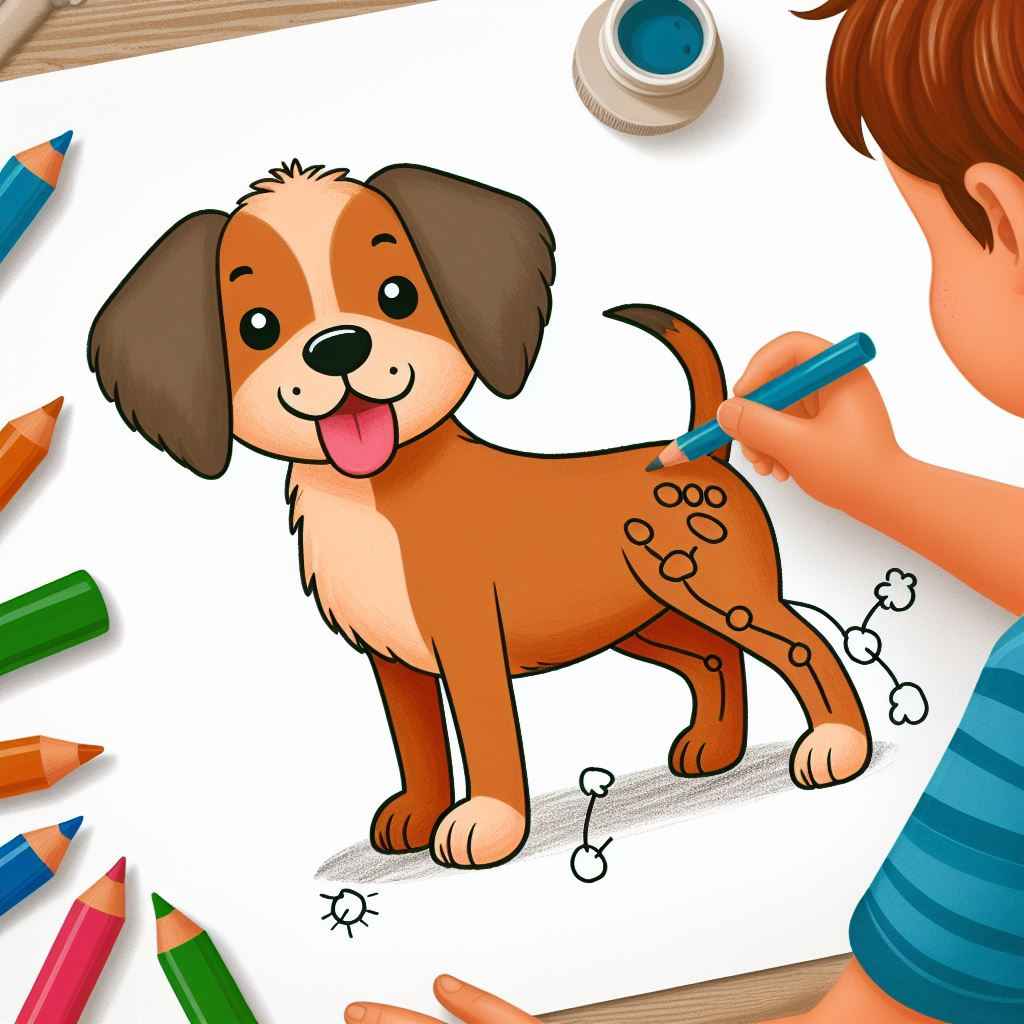
Final Touches | How to Draw a Dog
As you near completion, take some time to add the final touches that will elevate your dog drawing to the next level.
Erasing Guidelines
Carefully erase any remaining guidelines and stray marks to clean up your drawing. Use a soft eraser to avoid smudging or damaging the paper.
Adding Background Elements
Consider adding background elements to provide context for your dog drawing. Whether it’s a simple grassy field or a cozy living room, the background can enhance the overall composition of your artwork.
Conclusion
Drawing a dog may seem daunting at first, but with practice and patience, anyone can master the art of capturing man’s best friend on paper. Remember to start with basic shapes, pay attention to proportions and details, and don’t be afraid to experiment with shading and textures. With each drawing, you’ll improve your skills and develop your unique style. (How to Draw a Dog)
FAQ: How to Draw a Dog
1. Can I Use Colored Pencils Instead of Graphite?
Absolutely! Colored pencils add vibrancy to your drawing. Experiment and find your style.
2. How Do I Draw Different Breeds?
Research specific breed characteristics. For example, a Labrador will have different features than a Dachshund.
3. What About Backgrounds?
Keep backgrounds simple to highlight your dog. A grassy field or a cozy home works well.
4. How Do I Make My Dog Look Playful?
Raise one ear, tilt the head, and add a wagging tail. Playfulness comes through body language.
5. Can I Draw Dogs in Action?
Absolutely! Capture a dog mid-run or jumping. Show movement with dynamic lines.
6. How Do I Draw a Puppy?
Puppies have rounder features and bigger eyes. Keep them cute and chubby.
7. Should I Outline in Pen?
Start with pencil to make corrections. Once you’re confident, use a fine-tip pen for clean lines.
8. How Do I Add Whiskers?
Use thin, light lines extending from the nose. Keep them subtle.
9. Can I Draw My Own Pet?
Of course! Study your pet’s features and create a personalized portrait.
10. What’s the Secret to Realistic Fur?
Layer your strokes. Start light and build up texture gradually.
Conclusion
Drawing dogs is a delightful way to express your creativity. Remember, practice makes perfect, so keep sketching those adorable pups! 🐶
Disclaimer: This article provides artistic guidance and is not a substitute for professional art instruction.
